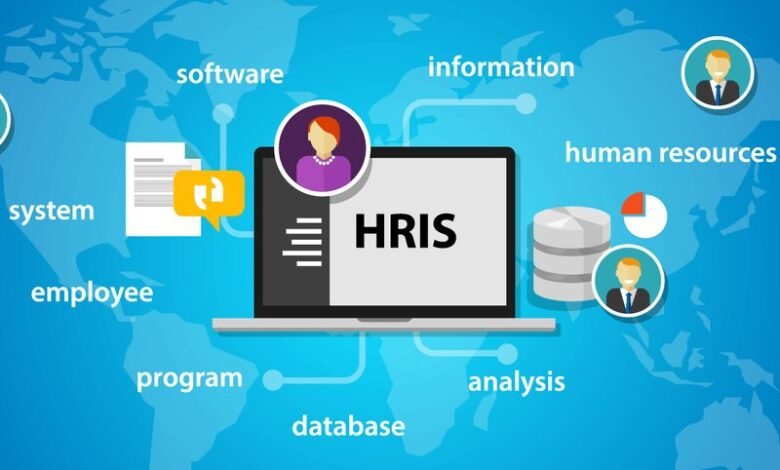What Is Human Resources Information System?

What is human resources information system? Choosing the right HRIS for your organization is a significant decision. After all, your employees will depend on it to do their job. But how do you transition from paper-based processes to a more effective and efficient system? We’ve outlined the components of an HRIS, as well as the functionality and cost of one. Keep reading to learn more about these systems. After all, the sooner you choose to implement one, the more effective it will be.
Components of a human resources information system
Human resources information systems (HRIS) can automate various aspects of the employee lifecycle, including payroll, training, and HR. They can also be used for recruiting and compliance. In addition, most HRIS systems have robust databases, flexible design, and the ability to generate reports and analyze data. These features make managing your workforce more effortless, and they can free up HR administrators’ time for more strategic tasks. This article explores the components of an HRIS and the benefits of a modern HR information system.
HR information systems have many advantages for both the company and the employees. In addition to assisting the human resources department, these systems can help streamline recruitment and evaluate candidate information. These features can improve the efficiency of the HR department and benefit the organization as a whole. Getting an HRIS for your company can help you improve your HR efforts while reducing your costs. To make the most of an HRIS, subscribe to our weekly newsletter.
HRIS systems are available in a wide variety of features and prices. Smaller companies may only need a basic version of a system. Larger enterprises may require more comprehensive plans. The HRIS market is similar to that of automobiles. While all automobiles get you from point A to point B, their quality and amenities vary. This is why HR information systems are essential for all organizations. If you have a business, looking for a solution that fits your unique needs is crucial.
Functionalities of an HRIS
While many SMEs use separate payroll systems, a few are eager to switch to an HRIS. The accounting module may not be as practical as a separate system, but it will save HR managers from manually reconciling all records. An HRIS can help with both payroll and benefits. The software can also manage benefits and stay up-to-date on tax laws. The HR information system can provide centralized data for HR metrics and automate processes to improve employee satisfaction and productivity.
An HRIS helps organizations manage sensitive employee data. These systems can handle various tasks, including creating and maintaining employee profiles, setting performance goals, and rating managers. These tools can also be used for surveys and ad-hoc information. Most HRIS solutions also let you automate recurring tasks like submitting paperwork to HR. In addition, they allow you to easily manage employees’ data by allowing them to update their personal information through the employee portal.
An HRIS can also help organizations control costs since it can collect and analyze employee data from different sources. It allows HR personnel to easily prepare reports about various aspects of an employee’s working life, including leave, payroll, benefits, and accidents. An HRIS can even automate tasks that are time-consuming for human resource personnel to handle. The HR information system also supports executive planning, providing information to HR managers on the next generation of leaders and future business needs.
Cost of an HRIS
When choosing an HRIS system, it’s essential to account for time spent on selecting the product and cleansing data prior to implementation. In addition, if the HRIS system includes consultants, these costs should be included in the official budget. Ultimately, the total cost of ownership of the HRIS system will determine how much it costs to run. However, there are a few things that you can do to minimize the cost. Read on to learn about some of the most common HRIS implementation costs.
First, decide on your budget. HRIS systems range in cost from hundreds of dollars to millions of dollars. The price of the software system depends on the number of modules, how many users it will have, and the features each system offers. Next, consider the level of expertise required for each module. Some systems are designed to run completely on autopilot, while others need more user input. It’s important to decide how much expertise you’ll need to use the HRIS.
An HRIS system’s cost depends on how many employees you’ll have. The more employees you have, the lower your cost per employee. You’ll likely have to pay a monthly subscription if you’re using multiple modules. But if you’re using an HRIS for one or more departments, a monthly subscription will cost you between $50 and $150 per employee. This cost won’t add up if you only use it for a few employees.
For more valuable information visit this website





Thanks for sharing. I read many of your blog posts, cool, your blog is very good.